Understanding Water Soluble Cannabinoids
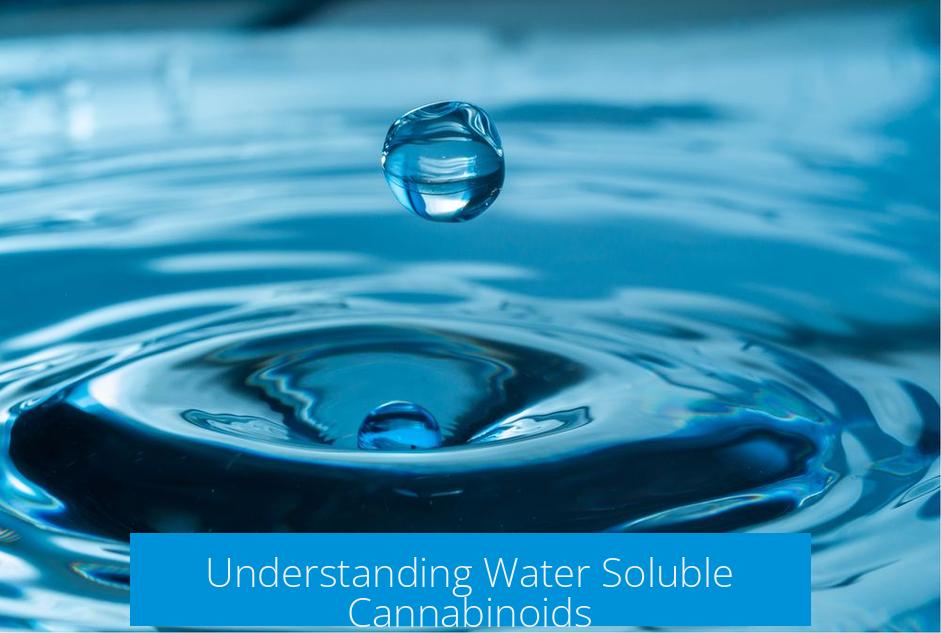
Cannabinoids, including THC and CBD, are inherently hydrophobic and not naturally water soluble. They exhibit limited solubility in propylene glycol (PG), and temperature changes often cause them to precipitate out of solution. However, carboxylated cannabinoids show slightly better water solubility due to their chemical structure.
Solubility Challenges
- Cannabinoids poorly dissolve in water due to their nonpolar nature.
- Moderate solubility in PG, but susceptible to precipitation if temperature fluctuates.
- Carboxylated forms (like THCA and CBDA) have marginally higher water affinity.
Methods to Enhance Water Solubility
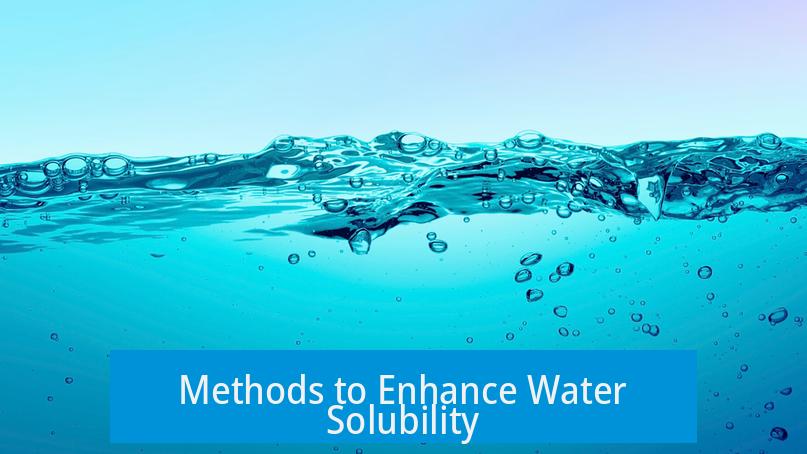
Theoretically, molecules like THC become water soluble by forming complexes with beta cyclodextrins or similar cyclic oligosaccharides. These compounds encapsulate hydrophobic cannabinoids, increasing their apparent solubility in aqueous environments.
- Beta cyclodextrin complexation: Encapsulates cannabinoid molecules to improve dispersion in water.
- Other techniques: Nanoemulsions, liposomes, or micelle formation are also used industrially to enhance bioavailability.
Factors Affecting Solubility and Batch Consistency
Several variables influence how well cannabinoids dissolve and how consistent a product batch can be:
- Concentration: Higher cannabinoid concentrations may lead to phase separation.
- Purity of components: Impurities in distillates or PG cause inconsistent solubility.
- Mixing: Insufficient stirring prevents homogeneous distribution.
- Temperature: Variations affect cannabinoid solubility in PG.
- Cross-contamination: Residues on equipment alter outcomes between batches.
- Filtration: Variability in filters and pressure changes product clarity and solubility.
Analytical and Quality Control
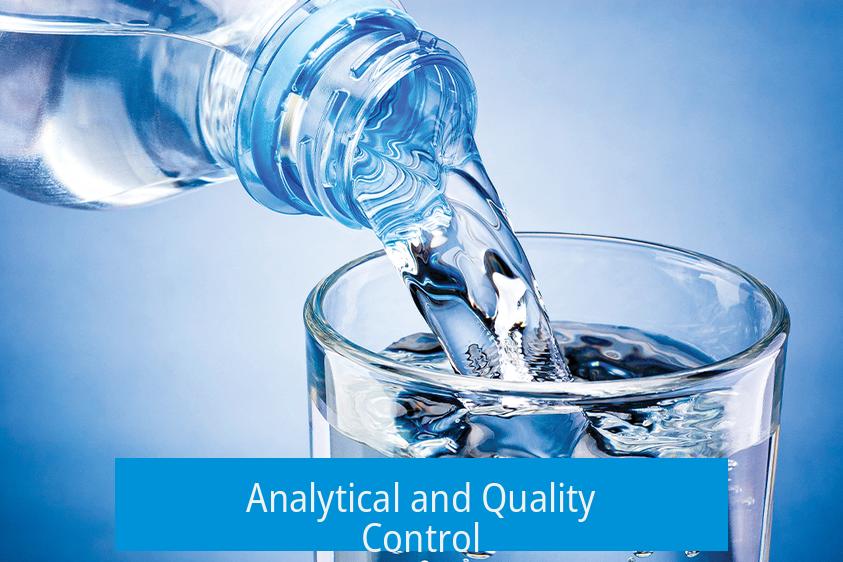
Assessing water solubility requires precise analytical tools. Chromatography, such as HPLC or GC, can verify the presence and stability of cannabinoids in solution. Nuclear Magnetic Resonance (NMR) also quantifies cannabinoid content in commercial products.
Quality control focuses on:
- Ensuring cannabinoid purity and stability (considering photosensitivity of isolates like CBD).
- Monitoring terpene content, which may co-exist but differ in solubility behavior.
- Maintaining rigorous cleaning procedures to avoid cross-contamination.
Key Takeaways
- Cannabinoids are not naturally water soluble; require complexation or emulsification.
- Beta cyclodextrin complexes can improve solubility of cannabinoids like THC.
- Pure, well-mixed extracts and consistent temperature optimize solubility in propylene glycol.
- Quality control through chromatography and NMR ensures accurate cannabinoid quantification.
- Batch-to-batch variations arise from impurities, mixing, filtration, and contamination.
Water Soluble Cannabinoids: Unlocking the Next-Level Potency and Convenience
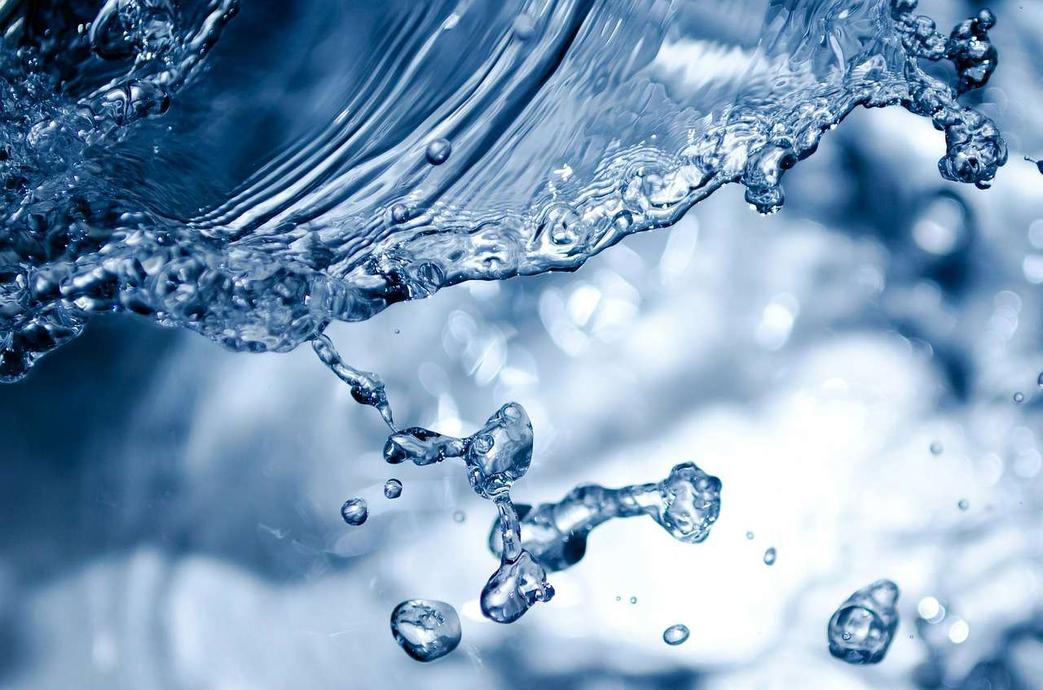
Water soluble cannabinoids have emerged as a game-changer in the cannabis world, pushing past traditional limitations of cannabinoids’ low solubility in water-based products. Unlike the usual oil-based or alcohol tinctures, these formulations promise faster onset, better bioavailability, and wider application possibilities. But how does this work exactly? Let’s dive into the fascinating world of water soluble cannabinoids, unpacking their challenges, methods, and quality control, all while keeping things crystal clear and engaging.
First, let’s tackle the basics. Cannabinoids, such as THC and CBD, are notorious for their stubborn resistance to dissolving in water. Naturally, they prefer oils. In scientific lingo, they are “lipophilic,” meaning fat-loving rather than water-loving. So, if you pour them in plain water, don’t expect them to blend in. This lack of water solubility has historically limited cannabinoid use in beverages and other aqueous products.
The cannabinoids show moderate solubility in propylene glycol (PG), a common solvent in vape juices and pharmaceuticals. But this solubility is a bit fickle. Temperature changes can easily cause cannabinoids to precipitate or settle out of the mixture. That’s a spoiler for consistency.
So, How Do You Make Cannabinoids Water Soluble?
Here’s the catch: crafting cannabinoids that happily dissolve in water isn’t straightforward. One clever hack is to use cyclodextrins, particularly beta cyclodextrin complexes. These are donut-shaped molecules that can “host” hydrophobic cannabinoids inside their watery embrace. Think of it as putting a grease-loving cannabinoid inside a water-friendly bubble. This complexation allows cannabinoids like THC to become water soluble, changing the game for applications in drinks, sprays, and fast-acting edibles.
However, it’s important to note that this isn’t common kitchen chemistry. Manufacturing water soluble cannabinoids at scale requires precision and careful control of many parameters.
Batch Consistency: Where the Magic Meets Science
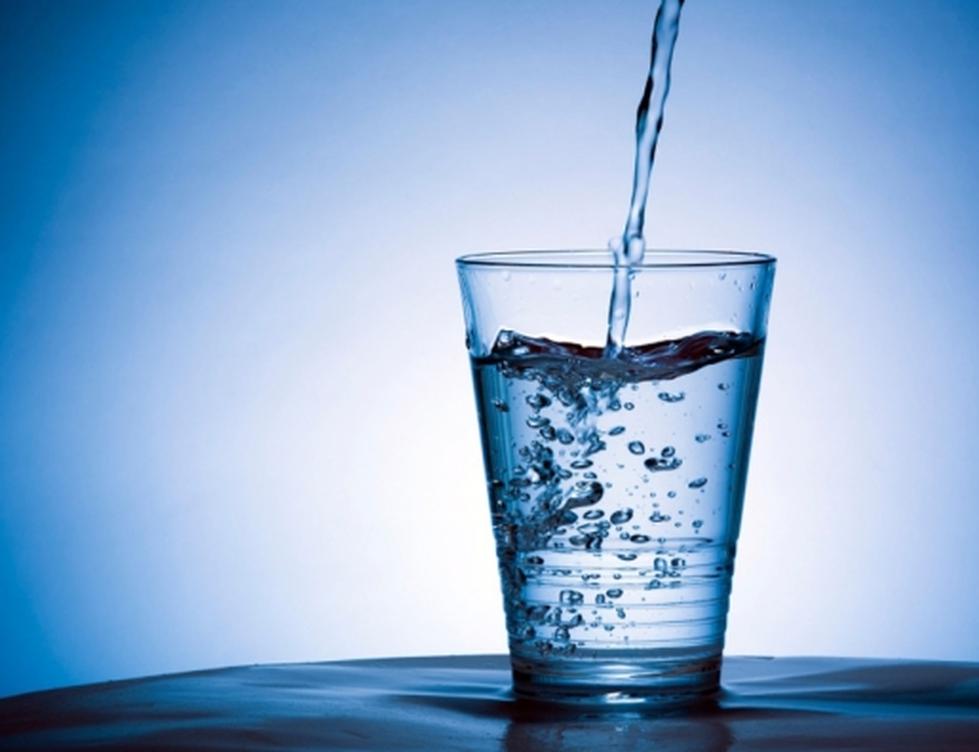
Imagine mixing two batches of what looks like the same cannabinoid extract and PG blend — and getting two very different results. This is often rooted in how cannabinoids interact with solvents and other ingredients, illustrating real-world challenges in reproducibility.
Concentration differences are a prime suspect. Even slight variations can lead to different phases or layers forming, sometimes invisible to the naked eye but impacting the final product dramatically.
Purity matters too. Impurities in CBD or THC distillates, or contaminants in propylene glycol, can cause surprising inconsistencies. Thorough mixing is key to achieve homogeneity. A lazy stir won’t cut it—every molecule must join the party equally.
Equipment hygiene also plays a part. Cross-contamination from unclean vessels or tools can fluctuate batch quality, introducing variation that frustrates producers and consumers alike.
Temperature control? Absolutely necessary. Temperature swings can shift solubility and stability. Think of your cannabinoids as temperamental guests who need the climate just right. Plus, filtration steps, including use of diatomaceous earth filters, affect the final clarity and purity, depending on factors like flow rate and pressure.
Quality Control and Analytical Considerations
Validating the presence and concentration of cannabinoids in water soluble products requires solid analytical tools. Chromatography, especially HPLC, offers a window to if and how well the cannabinoids actually dissolve and remain stable in the solution. Without it, success is just a guess.
NMR (nuclear magnetic resonance) has also found a role in quantifying cannabinoids like CBD in tinctures, adding a layer of precision in quality control. Interestingly, isolated CBD can be photosensitive, turning visually darker over time, which signals potency loss or degradation.
Terpenes, those fragrant compounds accompanying cannabinoids, can also influence solubility and stability. Knowing if they are present and at what levels matters in formulating consistent, effective water soluble products.
Why Bother With Water Soluble Cannabinoids Anyway?
The charm of water soluble cannabinoids isn’t just scientific bravado—it comes with real user benefits. Water soluble cannabinoids enter the bloodstream faster than oil-based ones, resulting in quicker effects. Ever sipped a cannabis-infused beverage and waited an eternity? Those days could be numbered.
The technology also opens doors for more versatile product types—mixing cannabinoids into teas, coffees, or sparkling waters without that awkward oil slick on top. It’s an invitation to innovation in consumer cannabis products.
Final Tips for Consumers and Producers
- Consumers: Look for transparency in product testing. Ask if your water soluble product underwent chromatographic or NMR analysis to prove the cannabinoids’ presence and uniformity.
- Producers: Prioritize purity of all ingredients and ensure rigorous mixing and temperature control. Invest in quality filtration methods and clean equipment to get reproducible batches.
- Researchers: Consider exploring beta cyclodextrin complexation further but stay aware of manufacturing scalability challenges.
In summary, while cannabinoids aren’t naturally water soluble, advanced techniques like beta cyclodextrin complexing help create stable and bioavailable water soluble formulations. Still, success depends on attention to detail, from ingredient quality to temperature management and thorough mixing. This evolving field promises exciting new cannabis experiences—and maybe someday your morning latte will come with a smooth CBD kick that’s both effective and deliciously mixed in.
What makes cannabinoids poorly soluble in water?
Cannabinoids naturally do not dissolve well in water. They are slightly soluble in propylene glycol, but even there, they can precipitate out with temperature changes. This limits their use in water-based products.
How can THC be made water soluble?
THC can be made water soluble by forming a complex with beta cyclodextrin or similar compounds. This process helps cannabinoids mix better with water-based solutions.
Why do cannabinoid mixtures sometimes separate or become inconsistent?
Inconsistencies can arise due to concentration differences, improper mixing, temperature changes, or contaminants. Even equipment cleanliness and filtration methods impact batch uniformity.
What role does temperature play in cannabinoid solubility?
Temperature fluctuations affect cannabinoid solubility in propylene glycol. Keeping a stable temperature helps maintain a uniform solution and prevents cannabinoids from precipitating out.
How can the quality of cannabinoid batches be ensured?
Use high-quality distillates and solvents, mix thoroughly, control temperature, clean equipment properly, and maintain consistent filtration. These steps help achieve reliable batch consistency.
Are there specific tests to confirm water solubility of cannabinoids?
Yes. Techniques like chromatography and NMR can analyze the presence and concentration of cannabinoids in mixtures. These tests check if water solubility goals are met successfully.



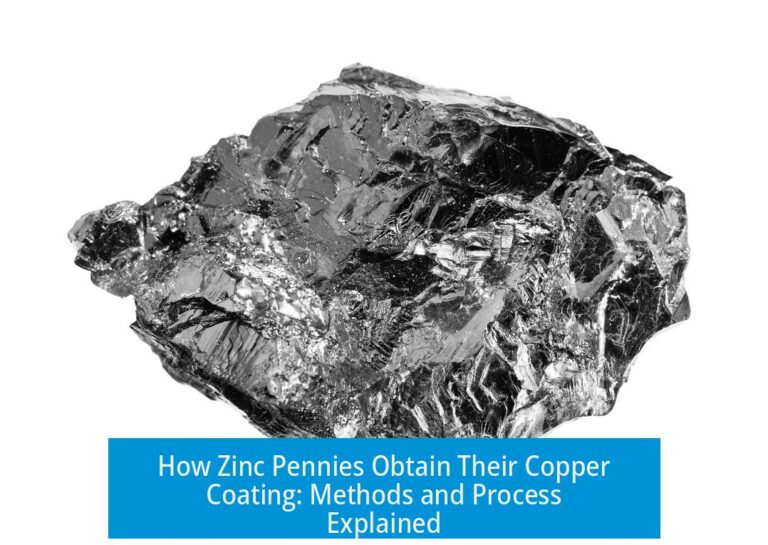

Leave a Comment